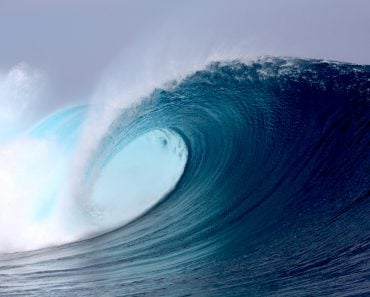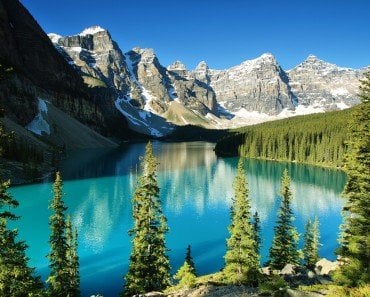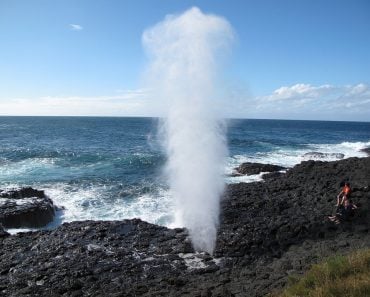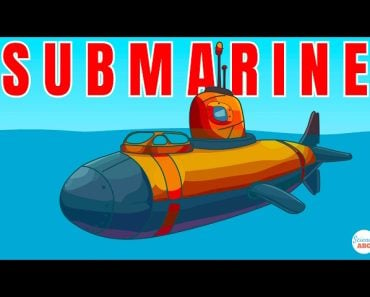Table of Contents (click to expand)
Breakwaters significantly decrease the quantity of wave energy that reaches a secured stretch of coastline.
The Plymouth Harbor is a bustling sea harbor situated at Plymouth Bay. Its legacy and popularity attract boaters from across the globe to visit this port city in southwest England.
But surprisingly, the harbor could not have survived without an exceptional engineering structure—the 3500-foot long Plymouth breakwater.
Breakwaters are man-made structures built parallel to a shoreline to protect it against the action of waves. They often consist of different rock layers and are protected by large stone or concrete defense sections.

In recent decades, humans have exploited vast stretches of coastline around the world. These vulnerable coastal ecosystems have been under extreme pressure from anthropogenic development. Even though coastlines modify naturally, due to the effect of the environment, sea level change or sediment loss, coastal erosion can spell disaster for people living near them.
A significant amount of land is annually lost to erosion, and expensive properties and coastal constructions suffer as well, so it becomes important to protect the shorelines.
There are both structural and natural ways to protect against coastal erosion. Artificial structures are constructed to withstand wave and current energy and safeguard the shore, while natural methods manipulate this strength to coexist with nature.
Recommended Video for you:
How Do Breakwaters Work?
A breakwater’s basic purpose is to shield the shoreline from strong wave action. It does this by lowering the tidal energy as it hits the structure and gets reflected off. Compared to the seaward seas, the waters lying behind these breakwater structures are notably calmer and better protected from tidal currents. This provides an artificial shelter for the harbor’s infrastructure and vessels.

Another consequence of building a breakwater along the shoreline is a decrease in sediment transport. The amount of coastal transport in the shielded seas is slowed because the energy of the waves that move sediment drops drastically in the breakwater shadows. As a result, there is a greater deposit of sediments.
Offshore breakwaters are mostly utilized for coastal protection along eroding coastlines.
Depending on the kind of protected region, breakwaters can be categorized as coast protection or harbor protection structures, or both. As navigational aids, breakwaters make the sea calm enough to permit the safe use of harbor amenities and marine operations. Additionally, they offer anchorages where tiny boats can take shelter from storms.
On a smaller scale, a breakwater might simply be built to safeguard a recreational beach or small docking facility from strong waves. It can also be used to encourage sand buildup in a protected beach to control coastline erosion.
Different Types Of Breakwaters
Breakwaters come in three main categories: shore-connected, offshore and rubble mound.
Most breakwaters developed to defend harbors are shore-connected. The structure’s shore arm acts as an obstacle to coastal drift between its coastal end and wave uprush on the beach. Wave uprush refers to the surge of water that occurs after a wave breaks onto a beach.

The second typical structure is offshore or detached breakwaters. These are typically positioned parallel or subparallel to the shore. Although they are costly to build, they are quite effective in reducing wave action. They often control a larger portion of the coastal waters, since they are situated at good depths. Rubble mound breakwaters are prism-like structures with steep slides. They are built in areas with significant wave activity that demand high-energy absorption. These constructs are chosen because they are simple to build and work well in soil that is weak with uneven bottoms.
More Coastal Protection Engineering Structures
There are many other artificial structures that marine engineers construct as coastal protection measures, according to the needs and morphology of the seashore.

These include bulkheads, groynes, jetties, seawalls and revetments. Seawalls are common engineering structures built directly on the shoreline. They are principally intended to withstand wave action along valuable coastal property.
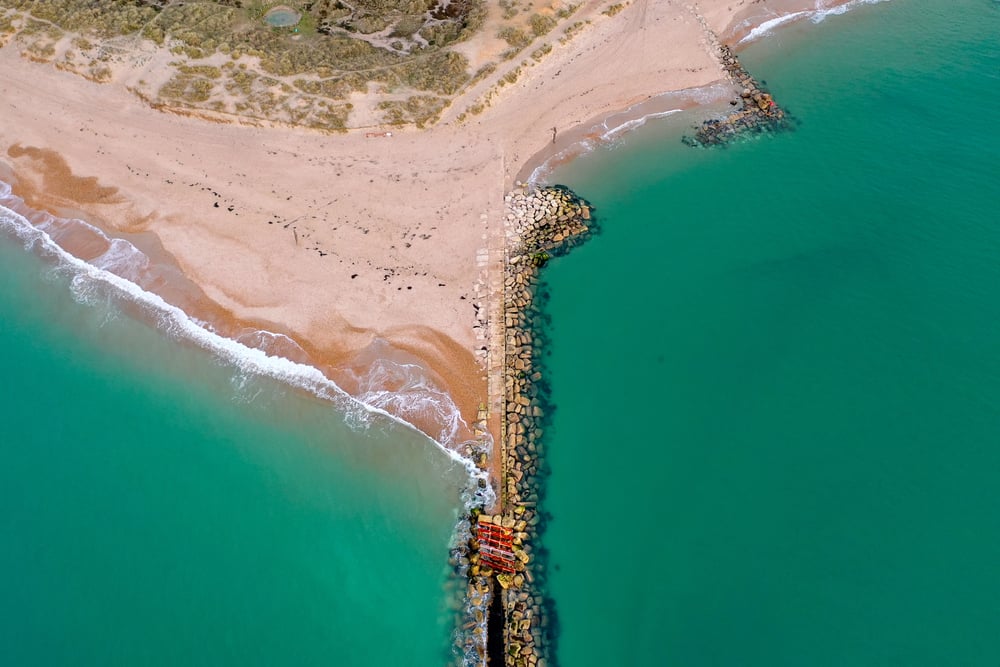
Groynes are built parallel to the shore to collect and store sediment that may be present in the coastal waters. They are more affordable and simpler to use than offshore constructions.
Disadvantages Of Building A Breakwater
Hard structures are frequently erected along seashores to prevent erosion in places with little sediment, or to prevent accumulation in areas with plenty of deposition. Unfortunately, these human-made changes can hasten erosion in nearby downdrift regions, necessitating the construction of more hard structures.
Despite the fact that they are helpful in protecting shorelines and decreasing erosion, breakwater structures have harmful impacts on the land and sea. They are made to obstruct the waves’ natural flow, which hinders the wave motion from draining contaminants from the water. The toxins get trapped behind the structure and eventually lower the water quality. Building such a big structure at the bottom of the ocean can also have a significant impact on the marine life that inhabits the area.

Breakwaters and other coastal protection measures were invented as a necessity against the harshness of the ocean. It would not be wrong to say that many coastal cities are developed as they are today because such structures exist. They are also a mark of human civilization’s continued efforts to tame the power of nature—often without considering the long-term costs!


